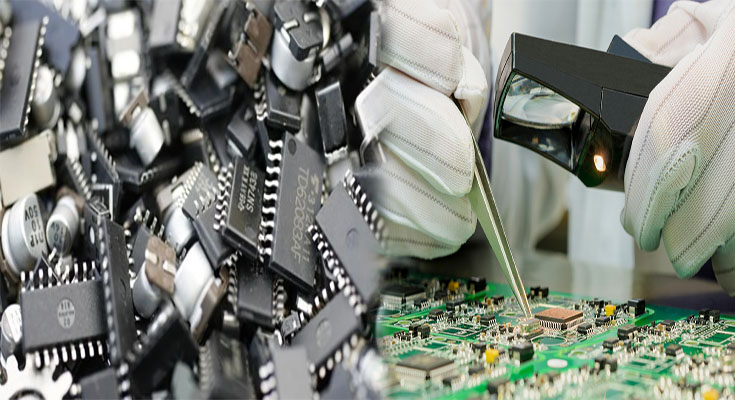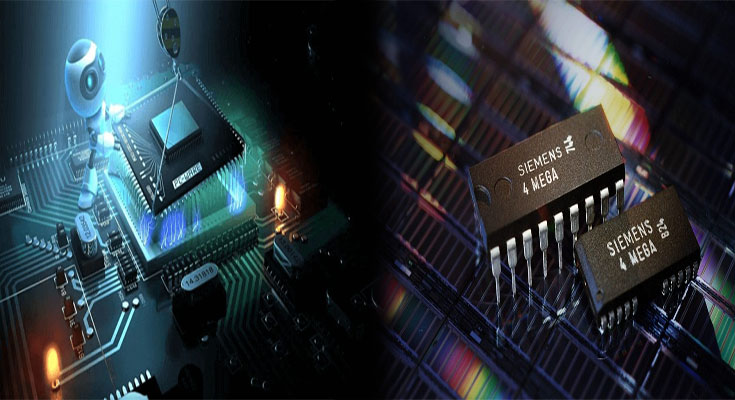
Electronics Technology Examples
A computer contains millions of small electronic components and integrated circuits. These electronic components send and receive information in the form of digital electronic signals. These signals are essentially rapid pulses of electricity that switch on and off the components. This rapid voltage creates a long string of 1’s and 0’s (letters of code). One digit in this string of information is called a bit, eight digits are called a byte, and one trillion bytes is called a gigabyte.
Integrated circuits
Integrated circuits have been around for decades and are a vital part of many electronics technology applications. Originally designed by British radar engineer Geoffrey Dummer, ICs have advanced through several generations. They have increased in size and capacity as well as the number of transistors and logic gates on a chip. In the early years, they were limited to only a few transistors and 10 logic gates, but by …
Electronics Technology Examples Read More

